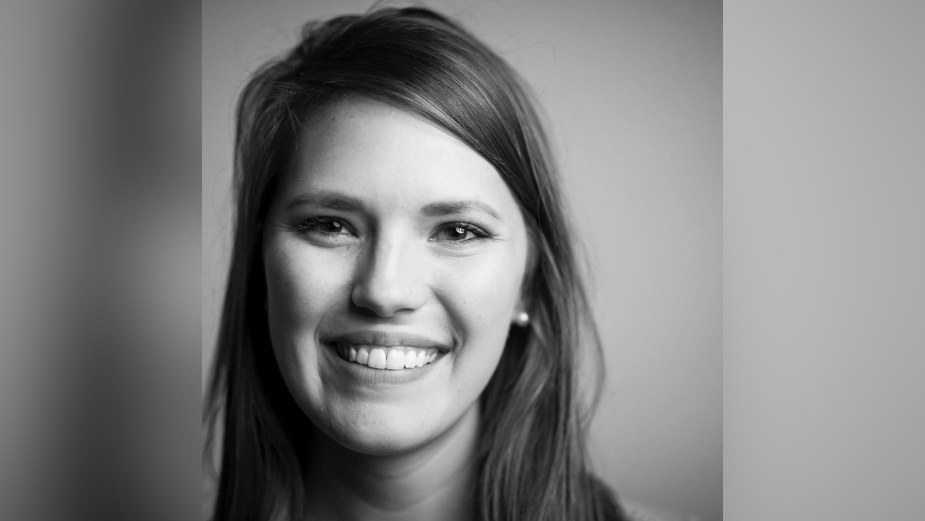
Indigenous Advertisers, Where Are You?

I was not the only curious person, back in 2020, when advertising agencies and holding companies began releasing employee data in an effort to advance racial equity.
One year later, I know for certain that I’m not the only person who was looking for accountability in these datasets.
While my curiosity was definitely not unique, my interest on the small — or, sadly, the usually non-existent — data percentages for the number of Native/Indigenous people working in advertising was. But I saw this information as an opportunity — a chance to find other people like me.
Growing up, I didn’t know any other Native/Indigenous people beyond my family. Both of my parents are Native — our family has ancestry from Cherokee Nation on my mom’s side and Choctaw Nation on my dad’s side.
Due to circumstances out of my control, I don’t know much about my heritage. I did not grow up on either of my tribes’ reservations or ancestral lands. I did not get the chance to question any of my grandparents or my mom about our heritage before they died. To learn more about our family — beyond what we know and my dad’s knowledge — we’ll have to build our story backward, which can be an arduous journey.
For most of my life, I’ve been looking for a Native/Indigenous community. College was my first exposure to BIPOC organisations, but I still struggled to find other people like me, which is not a unique experience for BIPOC students in higher education.
My first experience with a community of Native people was at my workplace. I’ll admit that this was surprising to me because I just wasn’t expecting it. I had the honor of starting our Native/Indigenous employee resource group (ERG), called Spirit, WPP’s only Native/Indigenous ERG.
Our employee resource group aims to raise awareness about the unique challenges Native and Indigenous peoples have faced both historically and in the present. We aim to educate employees about Indigenous culture that’s often hidden just below the surface.
This is not another think piece on the importance of ERGs. We’ve got it. We know how important ERGs are to fostering belonging, conversation and education within organisations.
But I am here today to say that employee resource groups are vital in marketing and advertising. To do our jobs as advertisers and cultural purveyors properly, we need to be able to target any community effectively, which requires knowledge and insights about that community.
I’m proud to say this ERG has already had a huge impact on our agency, despite our small numbers. We’ve consulted on work for several clients in partnership with VMLY&R's Inclusion Experience practice, and created the agency’s first comprehensive Native/Indigenous cultural guide.
In November, we hosted three employee events to honour Native American Heritage Month: one to discuss the history and impact of residential schools on Native/Indigenous culture, and another exploring the dangers of cultural appropriation, with cultural educators Larry Yazzie and Christal Moose. During our final event, Notorious Cree performed a hoop dance and explored the meaning behind his regalia.
So, what do you do if you are part of an agency that doesn’t have a Native/Indigenous employee resource group?
You already know what I’m going to tell you: Hire Native/Indigenous people. Although our presence in the advertising industry is small, we are out there. A concerted effort needs to be made. A simple first step in this effort is to add tribal colleges and universities to your recruiting list.
And if tribal colleges and universities aren’t already on your recruiting list, it’s time to ask yourself why.
If your answer is anything other than “I didn’t know there were tribal colleges and universities,” perhaps your agency should also consider implementing a career readiness program for BIPOC students, both in high schools and higher education institutions.
There is no doubt in my mind that it takes talent to work in this industry, but our skills are teachable. We can do our part by giving BIPOC students more resources, which will lead to successful careers in advertising and marketing. And to my friends who aren’t in human resources, you have the power to advocate for a program like this at your agency. Yes, even you.
I also encourage any advertiser to spend time with the inclusive marketing guides from Google, including the guide on Indigenous people, which was developed in partnership with the National Congress of American Indians. These guides are an excellent place to start when authentically representing BIPOC people, communities or cultures in your work.
Finally, hire cultural consultants and partner with multicultural agencies. You should be doing this anyway, but it’s especially important if the diversity in your agency is lacking.
I’d like to end with a short love letter to my fellow Indigenous advertisers: You are enough, you belong here, and our ancestors and elders are so wildly proud of us. Let’s continue our efforts to build a strong community in this industry. I’m rooting for us, every day.
Happy Native American Heritage Month.













